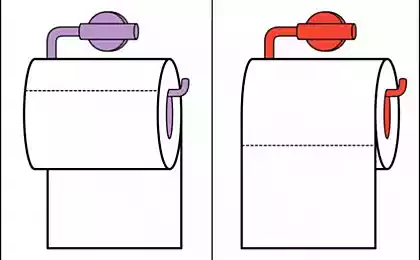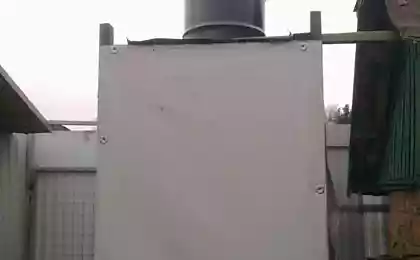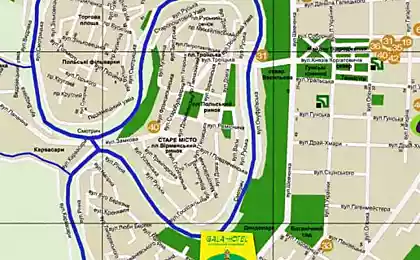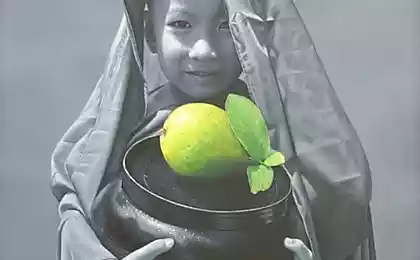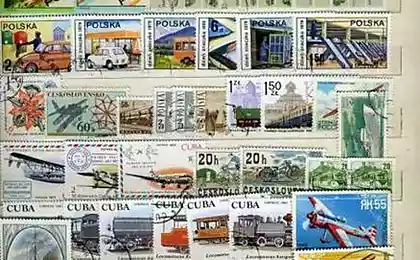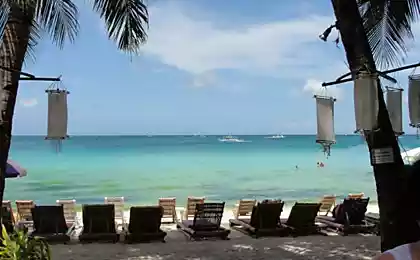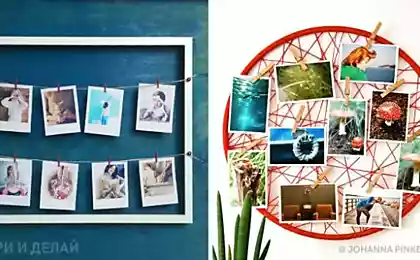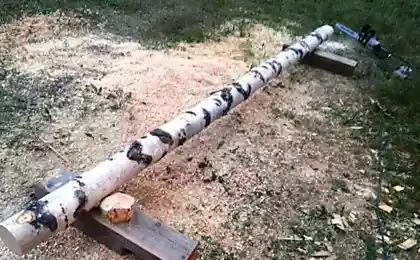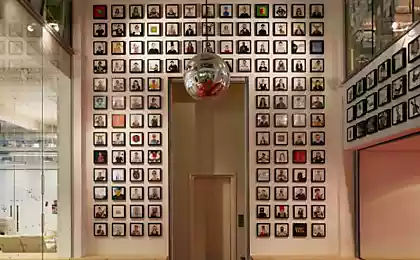1019
Who are horseshoe crabs (16 photos)
Horseshoe crabs - is one of the few animals that are a clear example of someone who still inhabit our planet 230 million years ago. Over time, they have not changed one bit. He was immediately recognizable by the powerful dorsal armor (shield), so reminiscent of a military helmet and tail needle, through which it got its name.
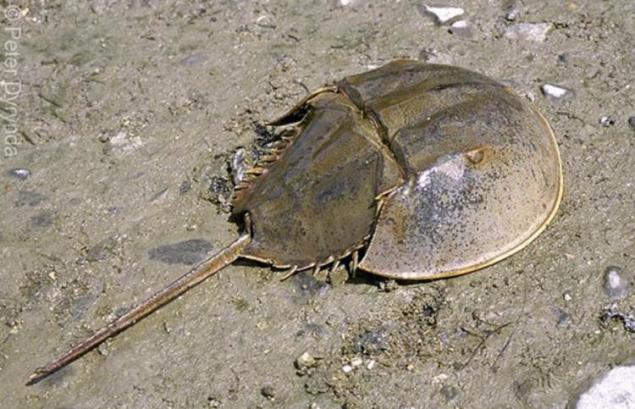
horseshoe crab can be found in the shallow waters of tropical seas of South East Asia and the Atlantic coast of North America, at a depth of 10-40 meters. Sometimes they can move into the estuaries.
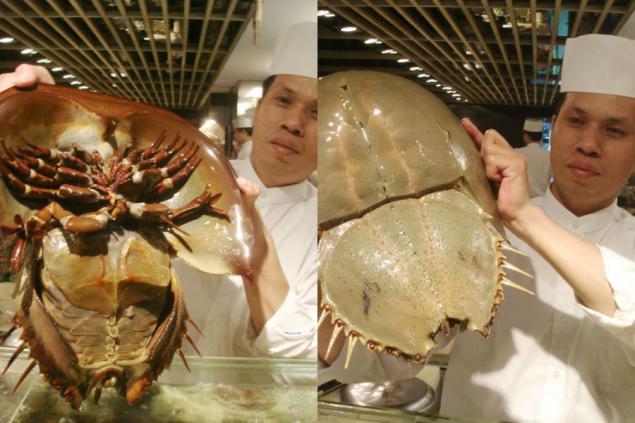
Horseshoe crab is a distant relative of crabs and even spiders. His body can reach a length of 60 centimeters. It is divided into two sections: front - prosoma (cephalothorax) and the back - opisthosoma (abdomen). Both of these parts from the back protected by a robust dorsal shield (carapace), which has a greenish-gray color, perfectly suited for camouflage against the background of the sludge. The front edge of the shield sharpened.
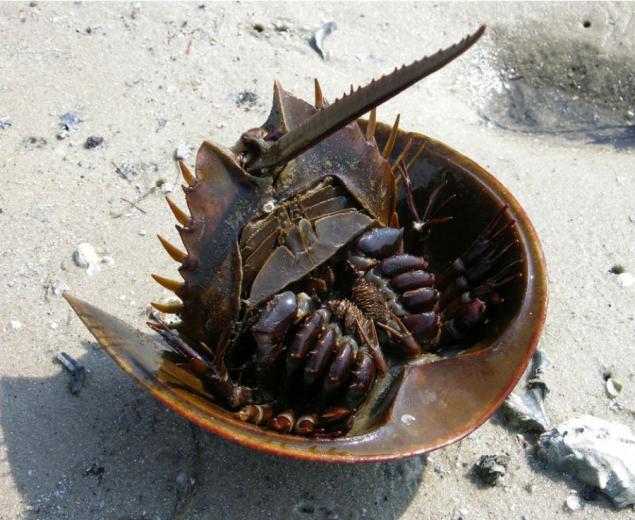
In horseshoe crabs 6 pairs of legs, each of which is its application. So the first pair - chelicera - used to capture females during the breeding season. The remaining 5 pairs serve to: capture and grind food, movement on the ground, and a pair of rear legs are supported with instillation into the sand. To make such a procedure he has to bend at the junction of the abdomen and cephalothorax and rests his "tail" in the sand. After that, he slowly begins to undermine the sand using the front edge of the backboard.
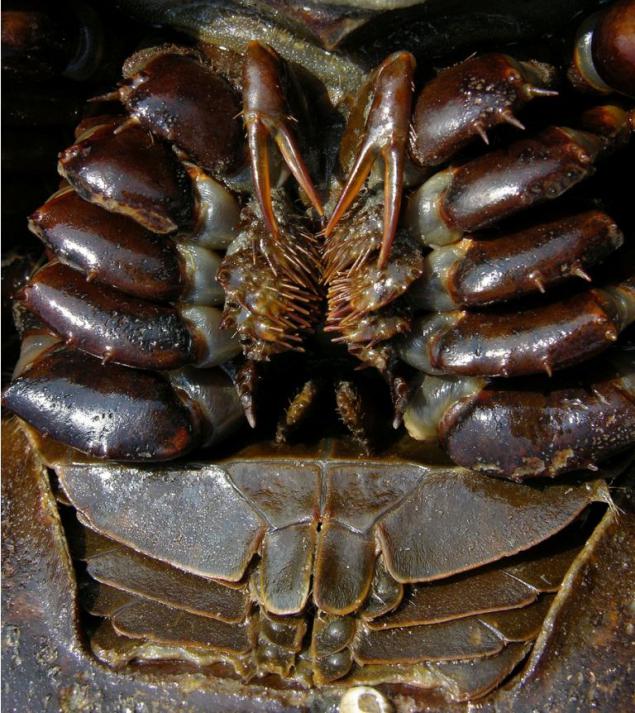
This animal has another unofficial name - "many-eyed." The fact that it has four eyes, two of which are located on the sides and the other two - front view. Lateral eye it detects the slightest movement that is happening around him and looks for food.
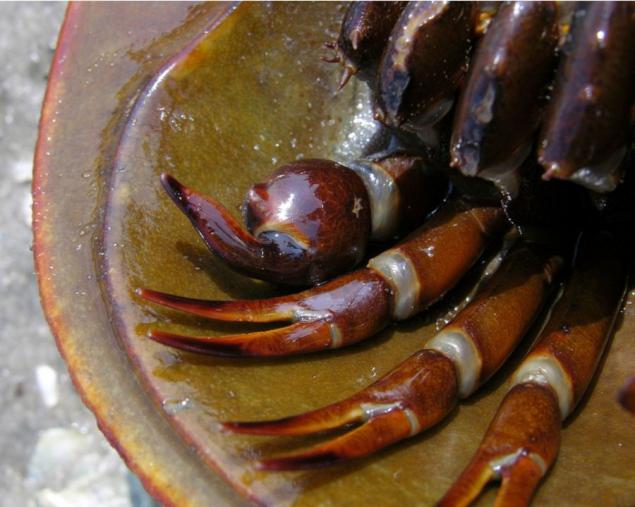
The tail has a needle spiny projections that serve to balance in the water with a strong current. Swim horseshoe crab belly up, using their dorsal carapace as boats.
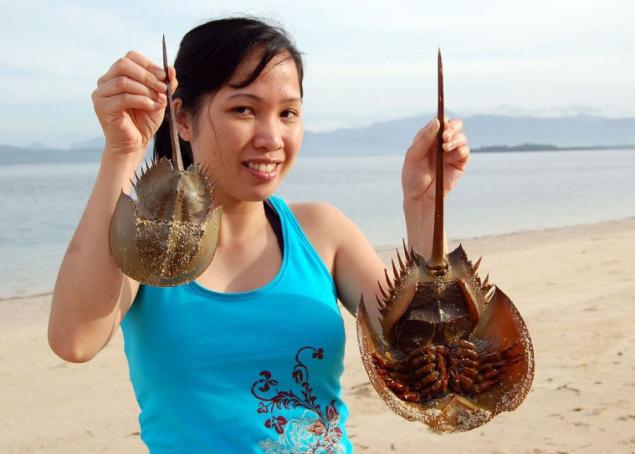
Under water it breathes using gills wing, which consists of 150 thin plates. They are located in the abdomen. While these records are still moist, they can breathe.
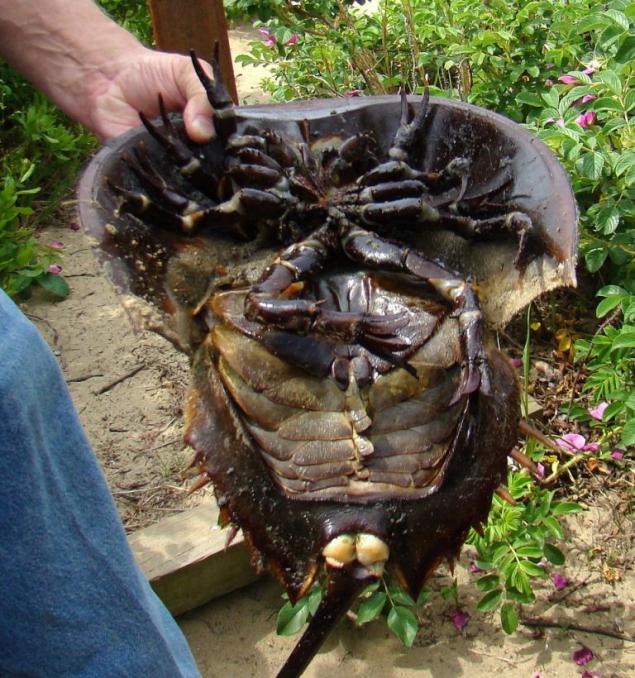
Horseshoe crabs are omnivorous. They can eat as the caruncle and plant food. Menu has a very varied: bivalve mollusks, annelids, fish eggs and carrion. Sometimes he can chew and algae. "Chew", it is a bit strong a word, since his mouth is not suited for chewing. It has no teeth. To swallow food, it breaks it into small pieces, frays of chewing tubercles on the grounds of the legs and sends it all in your mouth.
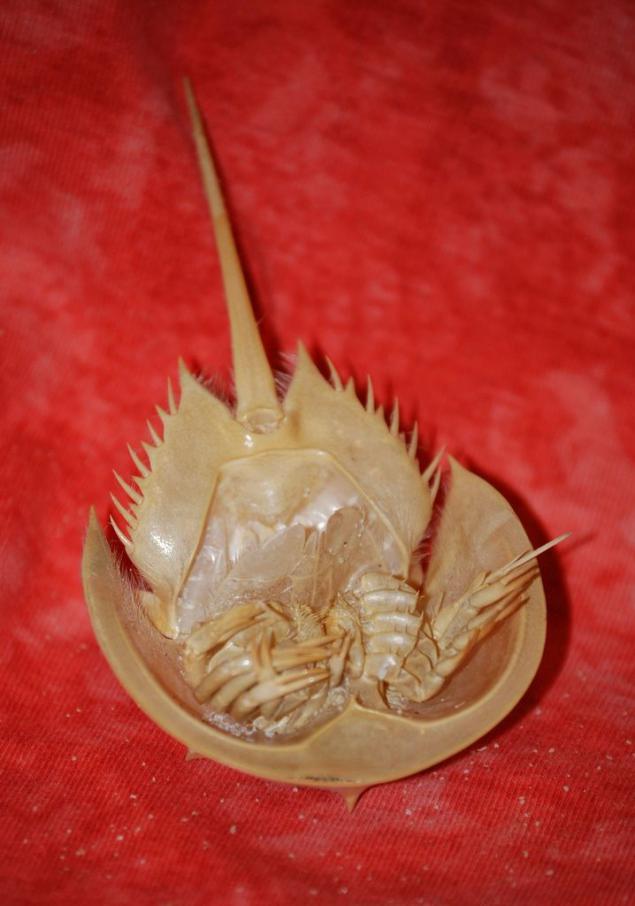
During the breeding season they are huge masses crawl ashore. The males grab the females behind the front claws, and these couples crawling on the sand in the band Tide. The female digs a small hole 15 cm deep and lays the eggs. Then irrigate the males of their sperm. So a couple can dig up 10-15 and put holes in them from 200 to 1000 eggs. The size of a small egg, only 1, 5-3, 3 mm and is very rich in yolk.
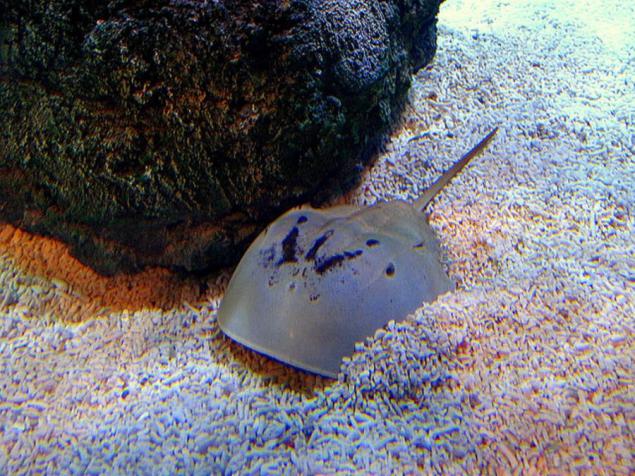
Embryonic development lasts about 6 weeks. Hatched mechehvostiki virtually indistinguishable from adults, unless they still underdeveloped tail needle. They grow slowly. Puberty occurs only in 9-12 years. During this time they may shed up to 20 times!

Living horseshoe crabs long. Estimated life expectancy is 19 years, if they had not caught. In some Asian countries, the meat is eaten. In the US and Japan have made fertilizer for pets.
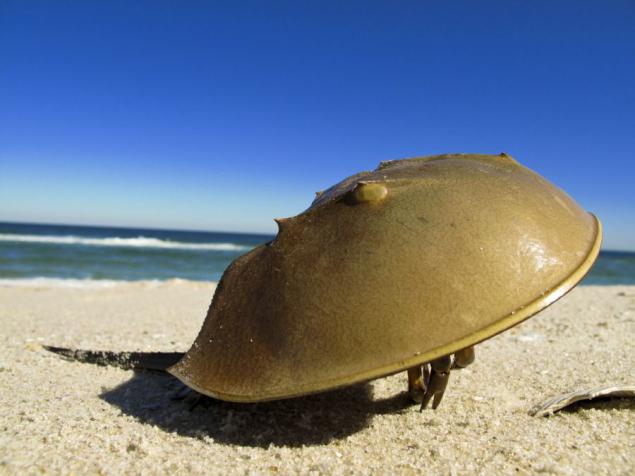
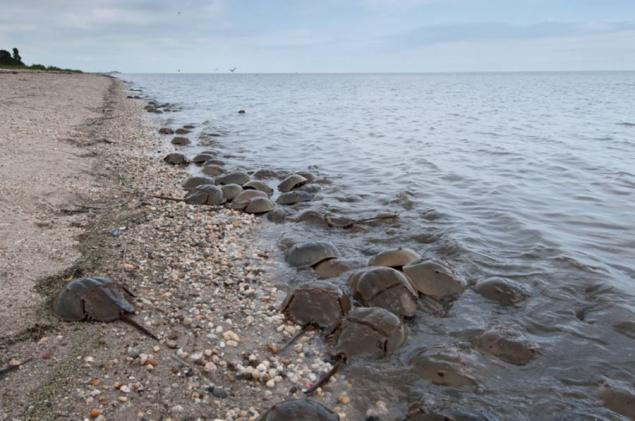
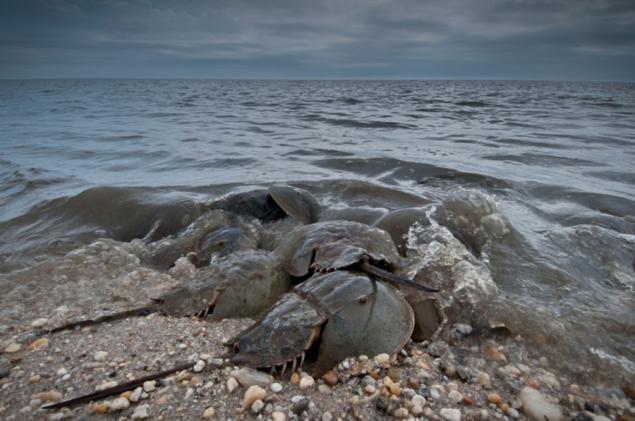
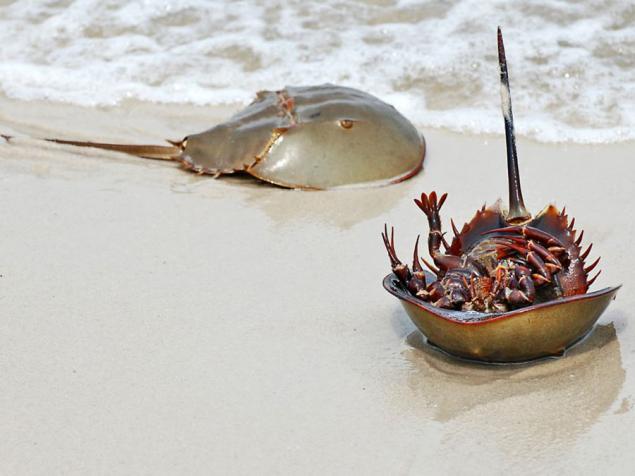
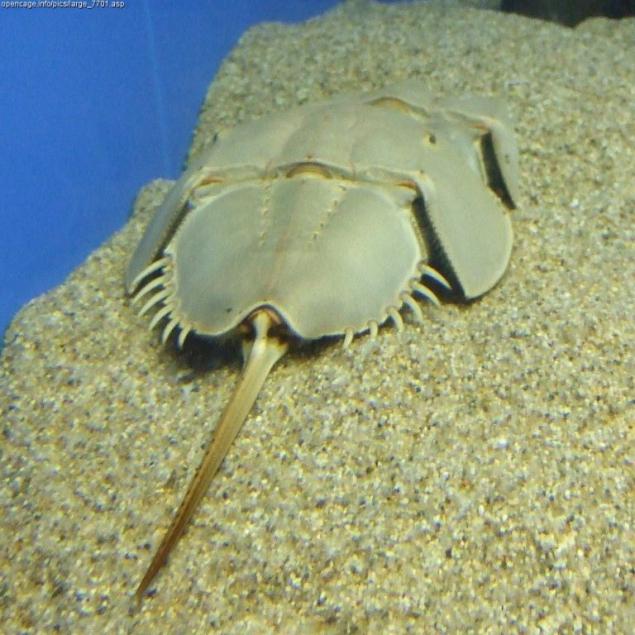


horseshoe crab can be found in the shallow waters of tropical seas of South East Asia and the Atlantic coast of North America, at a depth of 10-40 meters. Sometimes they can move into the estuaries.

Horseshoe crab is a distant relative of crabs and even spiders. His body can reach a length of 60 centimeters. It is divided into two sections: front - prosoma (cephalothorax) and the back - opisthosoma (abdomen). Both of these parts from the back protected by a robust dorsal shield (carapace), which has a greenish-gray color, perfectly suited for camouflage against the background of the sludge. The front edge of the shield sharpened.

In horseshoe crabs 6 pairs of legs, each of which is its application. So the first pair - chelicera - used to capture females during the breeding season. The remaining 5 pairs serve to: capture and grind food, movement on the ground, and a pair of rear legs are supported with instillation into the sand. To make such a procedure he has to bend at the junction of the abdomen and cephalothorax and rests his "tail" in the sand. After that, he slowly begins to undermine the sand using the front edge of the backboard.

This animal has another unofficial name - "many-eyed." The fact that it has four eyes, two of which are located on the sides and the other two - front view. Lateral eye it detects the slightest movement that is happening around him and looks for food.

The tail has a needle spiny projections that serve to balance in the water with a strong current. Swim horseshoe crab belly up, using their dorsal carapace as boats.

Under water it breathes using gills wing, which consists of 150 thin plates. They are located in the abdomen. While these records are still moist, they can breathe.

Horseshoe crabs are omnivorous. They can eat as the caruncle and plant food. Menu has a very varied: bivalve mollusks, annelids, fish eggs and carrion. Sometimes he can chew and algae. "Chew", it is a bit strong a word, since his mouth is not suited for chewing. It has no teeth. To swallow food, it breaks it into small pieces, frays of chewing tubercles on the grounds of the legs and sends it all in your mouth.

During the breeding season they are huge masses crawl ashore. The males grab the females behind the front claws, and these couples crawling on the sand in the band Tide. The female digs a small hole 15 cm deep and lays the eggs. Then irrigate the males of their sperm. So a couple can dig up 10-15 and put holes in them from 200 to 1000 eggs. The size of a small egg, only 1, 5-3, 3 mm and is very rich in yolk.

Embryonic development lasts about 6 weeks. Hatched mechehvostiki virtually indistinguishable from adults, unless they still underdeveloped tail needle. They grow slowly. Puberty occurs only in 9-12 years. During this time they may shed up to 20 times!

Living horseshoe crabs long. Estimated life expectancy is 19 years, if they had not caught. In some Asian countries, the meat is eaten. In the US and Japan have made fertilizer for pets.









